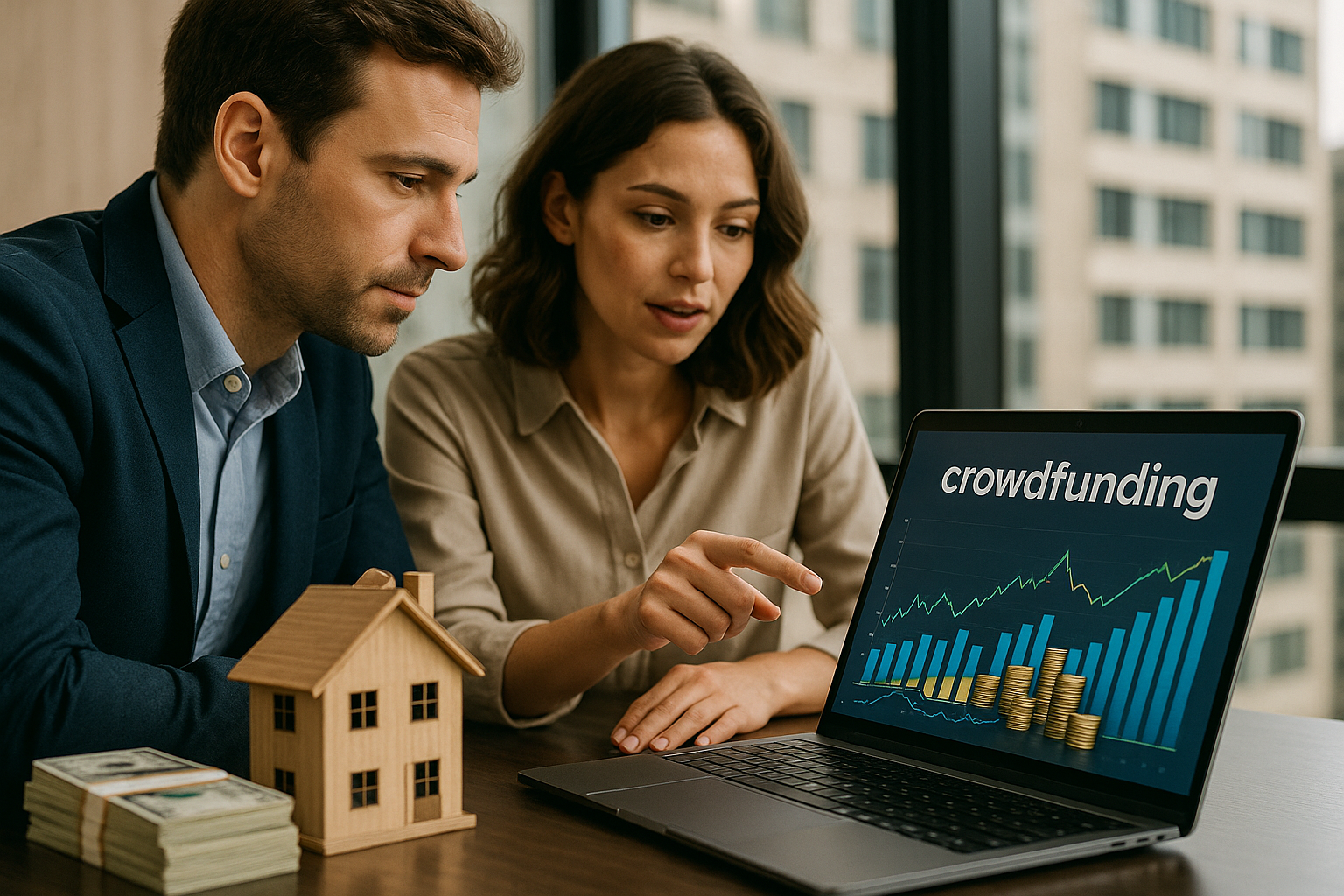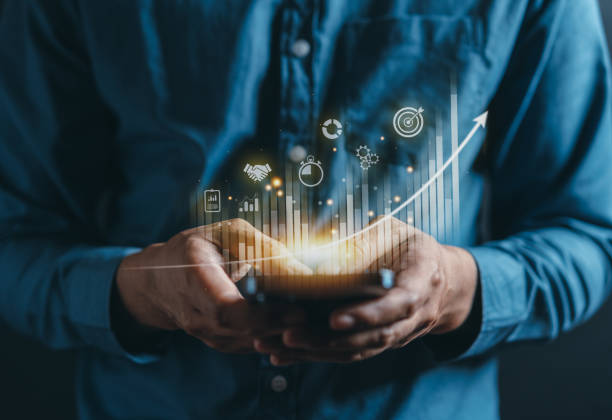The Interplay of Anxiety and Modern Lifestyle: A Closer Look
In a world where productivity is prized, and the pace of life is ever accelerating, it's no surprise that anxiety disorders are on the rise. The increasing prevalence of these disorders is a clear indication that modern lifestyle and anxiety are closely intertwined. In this article, we will delve into the multifaceted relationship between modern living and anxiety, exploring how the cultural, technological, and societal changes of recent decades have contributed to this growing mental health challenge.

The Age of Anxiety: Understanding the Modern Epidemic
Anxiety disorders are now the most common type of mental illness in many countries. According to the World Health Organization, around 264 million people worldwide suffer from an anxiety disorder. This upward trend in anxiety prevalence is not simply the product of better diagnosis or increased awareness; it is a response to the world we live in today.
The term ‘Age of Anxiety’ was first coined by the poet W.H. Auden in his 1947 poem of the same name. He used it to describe the pervasive sense of uncertainty and unease that had swept across Western societies in the wake of World War II. Today, this term seems even more fitting. The rapid pace of change, constant connectivity, societal pressures, and environmental concerns have created an environment ripe for anxiety.
The Role of Technology and Social Media
The advent of the internet and the rise of social media have undoubtedly brought many benefits. However, these innovations also bear a significant degree of responsibility for the rise in anxiety disorders.
The constant connectivity provided by digital devices creates a perpetual state of alertness that can exacerbate anxiety. Additionally, social media platforms have been linked to feelings of inadequacy and fear of missing out (FOMO), both of which can fuel anxiety.
The Impact of Work Culture
Workplace culture also plays a significant role in the rise of anxiety disorders. The modern work environment often prioritizes productivity over well-being, leading to high stress levels and burnout. The expectation of always being ‘on’ and the pressure to excel can create an environment that fosters anxiety.
Furthermore, job insecurity, financial stress, and the blurring boundaries between work and personal life due to remote working, all add to the anxiety-inducing mix of modern professional life.
The Influence of Societal and Environmental Factors
Beyond technology and work, broader societal and environmental factors also contribute to anxiety. The threat of climate change, political instability, and the ongoing Covid-19 pandemic have heightened feelings of uncertainty and fear about the future. Additionally, societal pressures to conform to certain standards – whether in terms of appearance, success, or lifestyle – can also lead to anxiety.
Bridging the Gap: Strategies for Coping
Understanding the interplay between anxiety and modern lifestyle is the first step towards addressing this growing issue. There’s a need for societal and systemic changes - from redefining success to promoting a healthier work-life balance and advocating for digital detox.
On an individual level, strategies such as mindfulness, regular exercise, adequate sleep, and a balanced diet can help manage anxiety symptoms. Therapy and medication can also be beneficial for those with severe anxiety.
Moreover, fostering a culture of openness about mental health can help break the stigma associated with anxiety and encourage those struggling to seek help.
A Call for Change
Anxiety is not merely a personal issue; it’s a societal one. The prevalence of anxiety disorders in the modern world is a clear sign that our current way of living is not conducive to mental well-being. As we move forward, it’s crucial to reassess and reshape our societal norms, work culture, and relationship with technology to pave the way for a mentally healthier future.



